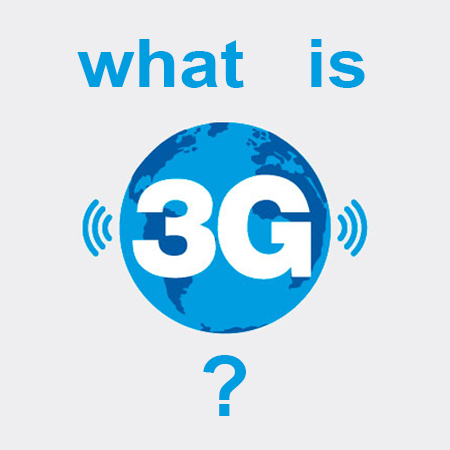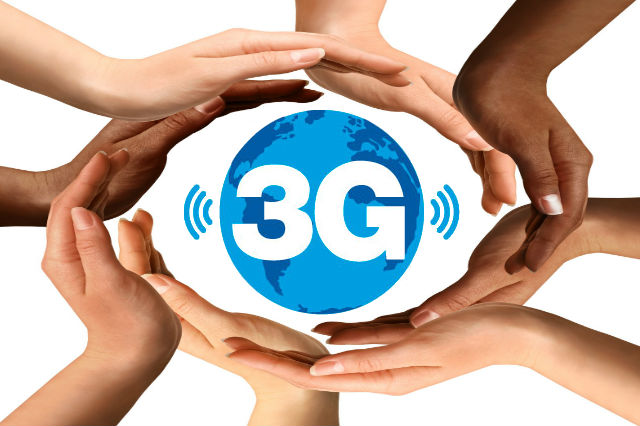
In mobile technology, 4G is the latest. But before 4G, there is 3G technology, and it is still widely used today. The term 3G is short for 3rd generation, the third generation of wireless technology. In terms of speed and efficiency, 3G technology is much better compared to its predecessor, the 2G.
Why is 3G Technology Better?
As an enhanced version of its forerunners, it offers wider and better service options to its users. Generally, 3G is used with mobile phones or tablets to connect to the Internet to surf, check e-mail, do video calls, download files, or access multimedia. It’s much efficient in mobile bandwidth use; therefore, users can enjoy high-speed Internet connectivity wherever there is a coverage. In other words, it transmits more data at a much faster speed than before, this is the reason businesses use 3G devices.
Scroll down for video

To sum up the enhancements made on 3G technology in comparison to the previous mobile technologies, here are its significant features:
- 10 times data speed
- Improved audio and video streaming
- Supports video-conference
- Faster Web and WAP browsing
- Supports IPTV (TV through the Internet)
3G Description
The 3G technology allows users to access the Internet while on the go. But because it is using a cellular-based technology, the service varies. Users near the tower have a stronger signal, so the farther you are from the tower, the weaker the signal is. But that is not so much of a problem now because in the past years, telecommunication companies have put up phone towers in various places even in the remotest areas.
Services with 3G description mean it has met the IMT-2000 technical standards like W-CDMA, WLAN and cellular radio, and others. The technology first became available worldwide during the twenty-first century after a fifteen-year research and development by the ITU (International telecommunication Union). The 400 MHz to 3 GHz communication band was assigned to 3G. It has a transfer rate of 128 to 144 kbps (kilobits per second) of data for faster devices and 384 kbps for slow ones, while wireless LANs can go beyond 3 mbps.
What You Need to Use 3G
The memory size or brand of your phone doesn’t matter. As long as your mobile device is 3G-enabled and you are subscribed to a data plan, you can access 3G connectivity. Once you have the network-provided SIM card, your mobile data is on, and you’re within an area with 3G coverage, it’s all good. Devices that are 3G-capable can still use 2G services.

3G Technology Cost
The 3G technology doesn’t come cheap but worthy if you want a faster connectivity while on the road. Some network providers offer postpaid monthly data plans or packages while others charge users based on the amount of data consumed. For instance, flat rate is given for the first gigabyte consumed and then they’re charge per minute or per megabyte of excess data usage.
3G and Voice Calls
Wireless technologies such as Wi-Fi and 3G are useful and convenient. They allow mobile users to connect with their loved ones cheaply and save money. The only difference is that the former’s connectivity is limited, just a few meters within the router emitting signal. The latter, on the other hand, has a worldwide coverage; therefore, when you have a 3G network and data plan, you can easily make mobile calls.
Another way to save on phone bills is to use VoIP.
Watch the videos below